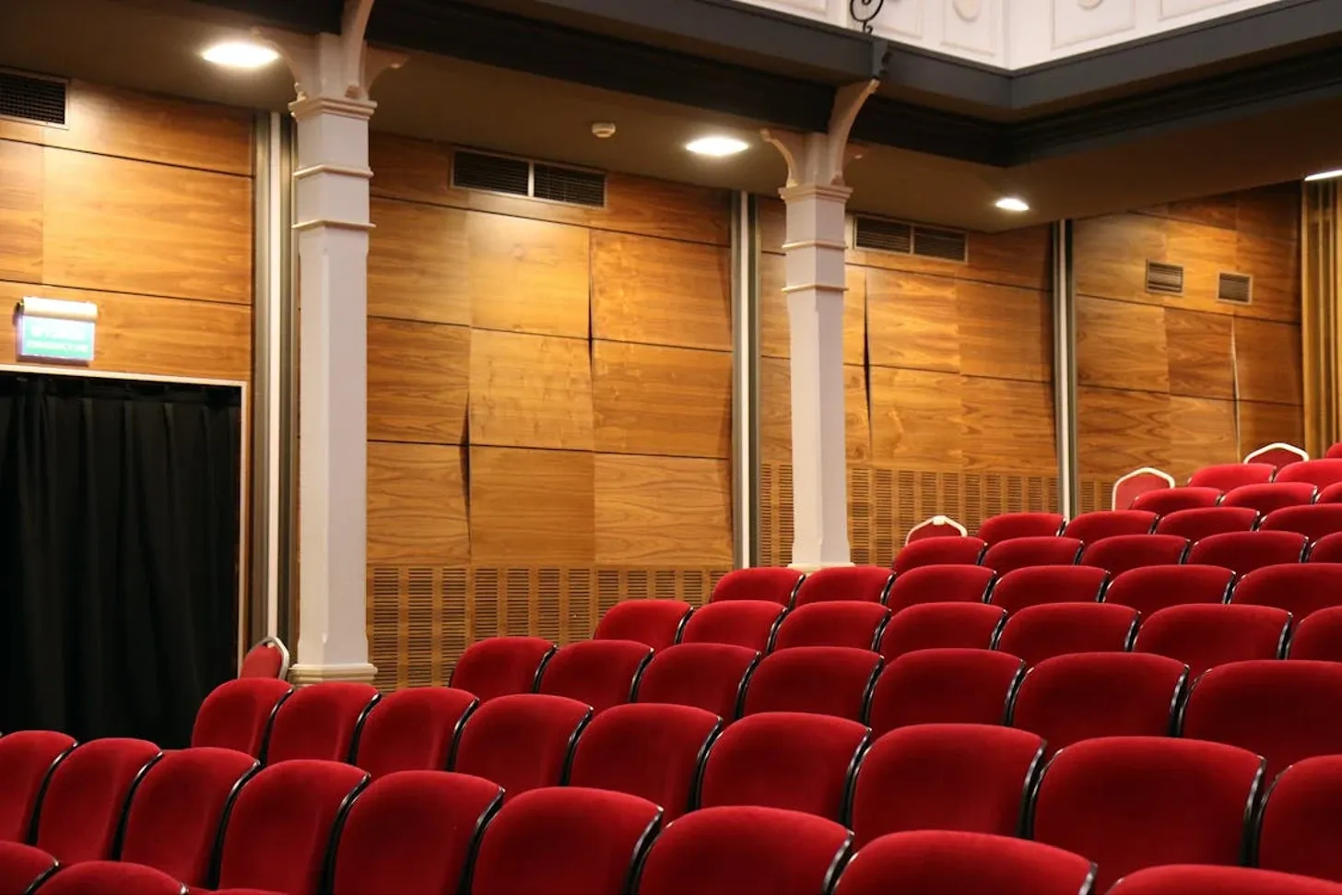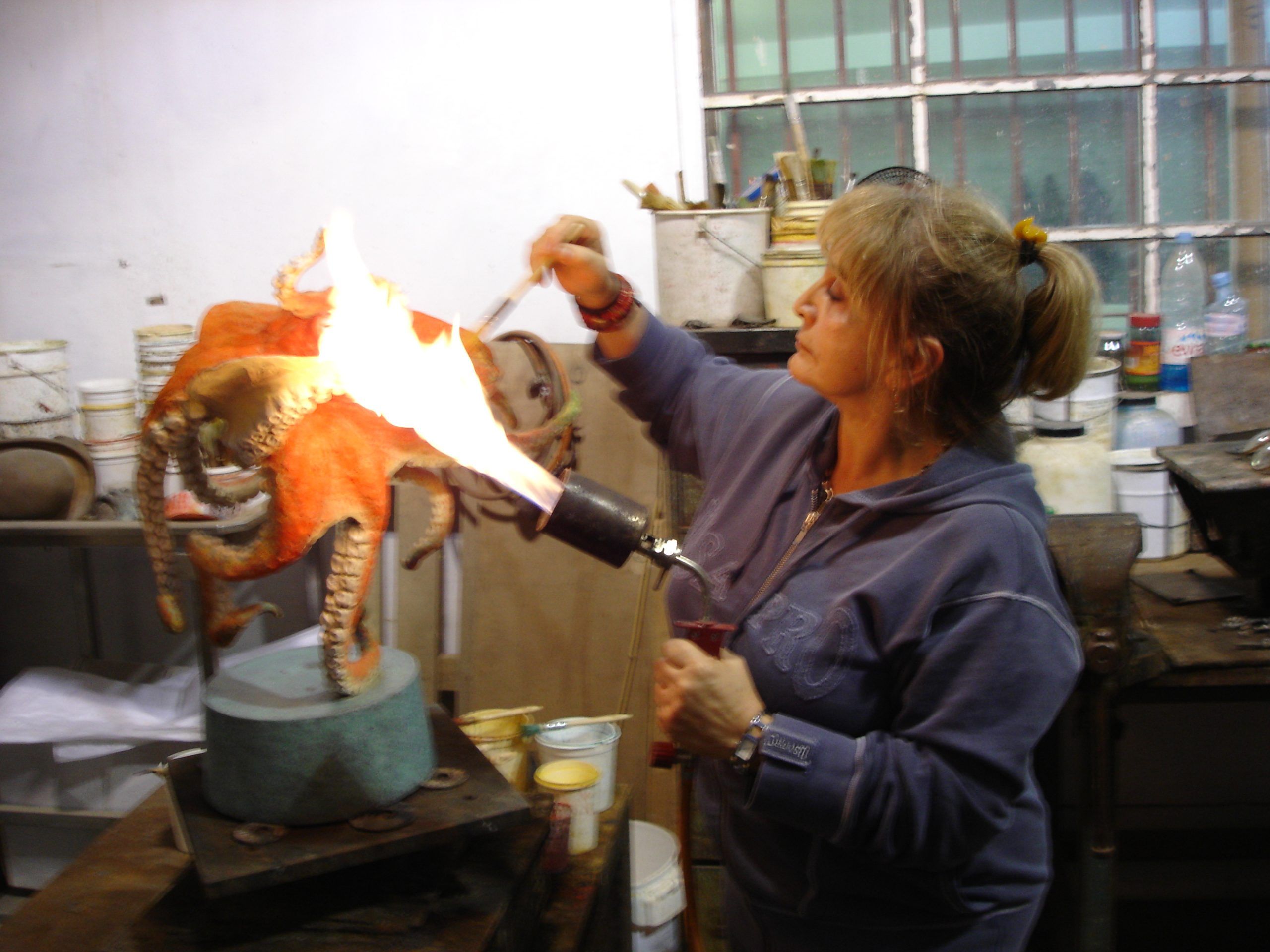Movies create a whole new world right in the cinema hall. We get immersed in imaginative places meeting unforgettable characters. Laughing, crying, and sitting on the edge of our seats, movies make us feel deep emotions in the span of a few hours. This magical experience that entertains, inspires, and educates audiences has a rich history. Technology has continuously improved cinema tools unlocking creative possibilities early filmmakers dreamed of.
The History of Cinema
How It All Began
Movies started as novelty photos capturing moments in the 1800s. Innovators then made images move by viewing devices called kinetoscopes. Next, films got projected on big screens thrilling crowds. America’s first movie theateropened in 1905 charging nickels admission delighting workers after factory shifts ended. Popcorn was introduced keeping patrons longer. Early silent movies using written title screens and actors’ expressions to further stories remained immensely popular as more lavish movie palaces opened with orchestral music accompaniment transporting audiences. Hollywood gradually became the movie hub.
The Silent Era
During the early 20th century silent era, films evolved camera motions and lighting moods keeping things visually interesting minus spoken words. Genres like comedies, romances, and runaway train thrillers attracted the masses to escape daily struggles through imagination and suspense. Immensely creative talents like Charlie Chaplin and Buster Keaton performed clever gags. Stunts got daring. Glamorous actresses had graceful appeal. Short features predominated promoting quick entertainment.
The Arrival of Sound
After failed attempts, “The Jazz Singer” finally synced audio successfully as the first “talkie” in 1927 wowing thrilled crowds. Despite high conversion costs, soon all studios eagerly switched as audiences demanded hearing their favorite stars speak onscreen. Actors untrained in voice suddenly got rejected. Sound recording birthed new roles like foley artists generating everyday sound effects manually. Immersive audio alongside visuals brought more realism. Genres expanded from dance musicals to gangster dialogues. Global theater boom peaks giving economic escape to masses facing great depression era financial woes through escapist Hollywood quality productions.
The Golden Age of Hollywood
By the 1930s, well-oiled Hollywood studio systems churned out spectacular hits rapidly aided by contracted talent pool networks promoting recognizable celebrity culture worshipped worldwide. Optimistic genres like adventure, historical dramas, lavish musicals, sweeping wartime romances, and dazzling Technicolor extravaganzas uplifted many from harsh realities through iconic performances by idols like Gable, Grace Kelly, and countless more cementing notions of Hollywood glitz under spotlight hegemony.
Types of Movies
There are many kinds of movies catering to diverse tastes:
Action Movies
These deliver thrills showing physical fights, daring rescues, races against time, and more keeping you on the edge of your seats with adrenaline rush excitement through dangerous onscreen stunts.
Comedies
Funny films make you laugh bringing relief through jokes, silly situations, eccentric personalities heartwarming stories uplifting spirits using humor most relate to. Clever dialogue, hilarious visual gags, and varied comedic techniques release feel-good endorphins.
Dramas
Serious stories around emotional topics, relationships, and overcoming adversities provide compelling perspectives letting viewers immerse in characters they identify with cathartically processing complex sentiments drawn out masterfully whether tragic or triumphant in the end.
Horror Movies
These create a suspenseful atmosphere of lurking terrors built through eerie soundtracks, shadowy visuals, and frightening monsters/killers unleashing fearful screams as dread surprises audiences with scary stuff many secretly enjoy just don’t watch them alone before bedtime!
Science Fiction (Sci-Fi)
Imaginative futuristic stories speculating potential human evolution often involving advanced technology, alien encounters, and space travel possibilities allow minds to ponder humanity’s destiny through creative escapism letting innovation inspire young minds.
Animated Movies
Colorful magical lands, endearing characters, and playfully impossible plots enable free-flowing family entertainment suspended from reality constraints capturing childlike fascination beyond just keeping kids occupied by leveraging universal storytelling charm.
Documentaries
Factual non-fiction films documenting real events, places, or perspectives educate viewers about unfamiliar topics from historical analysis, exposing social issues to nature conservation science through immersive true stories captured creatively balancing information alongside emotional resonance documentarians uniquely achieve.
The Movie-Making Process
Behind the scenes, great movies get made methodically in stages:
Developing the Idea
Movie ideas come from books, plays, original concepts by writers, or fresh creative twists on existing popular stories providing the launch pad for potential blockbusters if shaped well.
Writing the Screenplay
Skilled screenwriters compose film scripts structuring how plots unfold visually balancing key ingredients like character dialogues, poignant scenes, and climactic storytelling revealing the full vision.
Getting Funding
Studios, producers, or grants fund production budgets after assessing script merits, and broader themes reflecting societal interests alongside bankable lead stars who greenlight projects based on money-making confidence leveraging data and gut instincts.
Casting
Casual script readings and auditions filtered from pools of aspiring actors land starring roles once intensive callbacks finalize promising artists becoming household names for beloved characters they perfectly portray on camera.
Pre-Production Planning
Months before the cameras roll, producers finalize departmental team assembly directing behind-the-scenes creators designing sets, props, costumes, cinematography look, and intricate shoot schedules plotting scenes.
Filming
Principal photography sees directors delicately guiding actors translating screenplays into realistic performances balancing spontaneity and accuracy over long shooting days capturing hundreds of scenes aided by advanced camerawork deserving big screens.
Post-Production
Extensive editing cuts combining best takes, computer graphics integrating realistic backdrops, and enchanting soundtracks envelop viewers and promotional trailer edits excite future audiences for the final cinematic fruition launching laborious collaborative efforts into the limelight.
The Impact of Technology on Cinema
From silent films to immersive IMAX 3D, cinema continually adopts technology:
From Silent to Sound
Innovative audio synchronization overcame speech challenges early talkies faced improving fidelity alongside recording revolutionizing storytelling possibilities beyond visual reliance making life-like movies.
Color Films
Vibrant dye screen processes preceding advanced analog techniques and eventually sharp digital formats dramatically increased palettes improving realism emulating how eyes perceive reality better than monochromes predominating initially especially benefiting fantasy escapism.
Special Effects
CGI integration enhances action sequences once impossible with lifelike animation, intricately detailed alien worlds, and flawless futuristic tech realms holding attention in an age of diminishing awe stimulating youth imagination endlessly based on their appetite for the tech-infused spectacle we fuel.
Digital Filmmaking
Revolutionary digital photography and editing tools enable extensive post-production creativity crafting slick movies impossible on celluloid film stock alone liberating indie creativity like never before. Democratization shifts production power.
3D and IMAX
Extra-widescreens coupled with stereoscopic 3D literally add entire movie dimensions achieving full immersion in fantastical worlds weaving completely engrossing escapes for all age groups graduates boring screens. Are interactive motion simulators next?
Streaming and Home Viewing
On-demand entertainment services now deliver theater-quality productions directly into personal devices conveniently watched anywhere sustaining movie magic escapes around the clock engaging portable viewers differently. Participation intensifies beyond set showtimes. Cinema extends from big screens into everyday digital lives more perpetually through apps partly eclipsing theater communal grandeur slowly.
The Future of Cinema
Innovations on the horizon likely include:
Virtual Reality (VR) Movies
Donning interactive VR headgear fully plunges viewers within movie scenes and worlds unlocking fresh perspective paradigms feeling like active participation augmentation beyond passive spectating potentials are profound when fully unlocked for formats finally surpassing limits of where cameras can go furthering immersion.
Artificial Intelligence (AI)
AI promises to automatically generate custom film edits curated to viewer preferences personalizing mainstream stories alongside enabling interactive plot deviations molded by individuals alongside collective real-time reactions adding autonomous dynamism against rigid structures.
Interactive Movies
Choose-your-adventure branching movie narratives controlled by audiences through smartphone voting permit influencing outcomes in real-time tailored to collective whims adding Replayability revealing unseen footage combinations boosting engagement deeper possibly redefining grassroots story resolutions.
Continuing Evolution
Industry trailblazers will continue harnessing every tech wave incrementally bettering silver-screen escapes through heightened verisimilitude, widened scope, and revolutionary viewer agency participation as dreams shape cinema for the next generation constantly while tradition persists against absolute disruption.
Conclusion
Looking back across epic events shaping its ongoing journey, cinema retains unmatched power for collectively experiencing stories vividly with heightened reactions moments otherwise impossible evoking through screens that disappeared fourth walls penetrate deeper than physical reality typically allows when artistry sweeps us away trading present immersion for envisioned vistas unfolding vicariously yet somehow still intimate.





